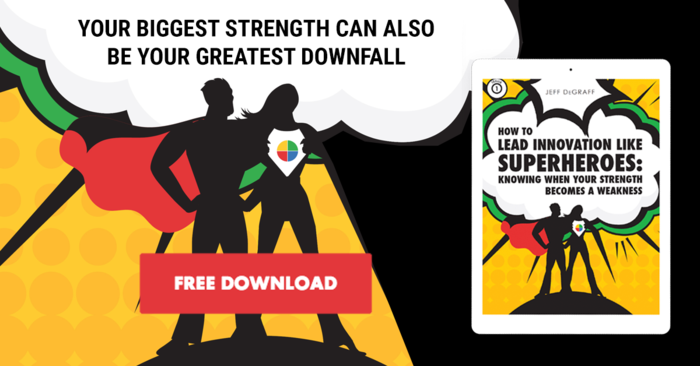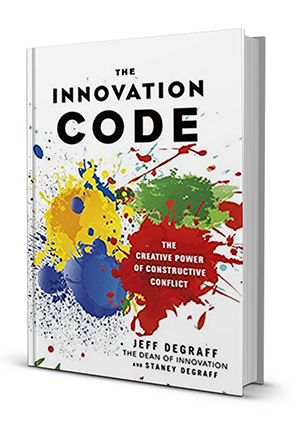My graduate students are all very smart, but they are often very tentative about their goals. They talk to me about their dreams but not how they’ll reach them. Some have strong entrepreneurial ideas but struggle to connect with the people who could help make those ideas reality. Others tell me they want a soulmate, yet they can’t seem to meet anyone. From the point of view of creativizing, it’s really the same challenge. I ask them: where could you find the sort of people you’re looking for? And surprisingly often I hear something like this: I suppose they’re at the ski club, but I don’t like to ski. Or: my uncle would give me some seed money, but he’s kind of hard to deal with. Or: I hear a lot of networking goes on at the coffee shop near the university, but I don’t drink coffee.
I tell them, you’re not going for the coffee or the skiing. Your uncle doesn’t have to be your best friend, just be sure you can trust him and that you have a clear understanding of each of your rights and responsibilities, spelled out in a contract. Go where the sparks fly. That’s where you have the best chance to light a fire. And sparks fly where things bang up against each other. Where there is some collision and some difference – even some conflict. My home state of Michigan is in a terrible recession, but my city is not – because my city is one of the most diverse in the country. It is mixing and creative tension that leads to innovation, yet people are most comfortable with people like them. And so they often avoid the uncomfortable, conflict-prone, creative situations where innovation can happen.
WHO CAN DO WHAT YOU CAN’T?
Part of creativizing is to learn to love – or at least respect — the people and practices that you now hate. Machiavelli famously said “Keep your friends close and your enemies closer.” Begin a practice of treating people who approach things from the opposite point of view as your greatest asset. Forget about improving your areas of weakness. Surround yourself, instead, with people who are already good at what you’re bad at and work with them. Ask yourself: who can do what I can’t? Who has the skills or the means or the access that I lack? Am I avoiding meeting those people because I’m more comfortable with people like me? Am I afraid to be told there are other ways to do things, other goals that matter? Am I avoiding people who might say I’m doing it all wrong? Try this month to connect with some potentially helpful people who don’t make you feel perfectly comfortable. You don’t need to set up a formal partnership, at least not yet. For now, focus on expanding your circle so you can discover the powerful diversity of people around you. If you are a parent of a child in public school and you are angry about the state of your school, don’t just talk to other angry parents. Talk to some of the teachers and administrators. Talk to the students. If you want to design videogames, don’t just talk to other gamers. Talk to people who don’t like videogames about what they don’t like. Talk to the manager at the local videogame store about what it’s like to be in that business.
I’m not saying that you need to hear from people who think differently every day. Sometimes a new idea or a beginning effort needs to be protected from any and all critics for a while, just as some plants have to get started in a pot indoors before they’re strong enough to transfer to a garden. But as soon as you feel you can tolerate it, start seeking them out – not people who will tear you down but people who will spot approaches you miss.
Discover the power of constructive conflict and how it can help foster innovation. By reading The Innovation Code, you will learn how to harness tension and transform it into positive energy to successfully implement your innovation projects.


